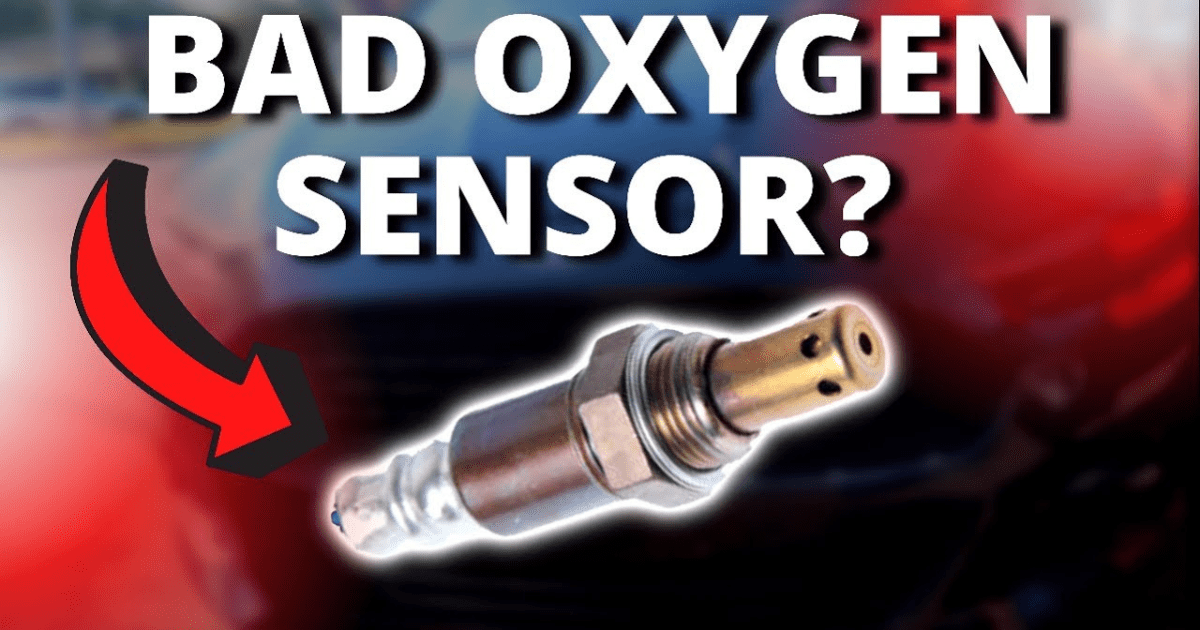Oxygen sensors, which are also called O2 sensors, are very important parts of current emissions control systems for cars. They keep an eye on how much oxygen is in the exhaust gases and tell the engine control unit (ECU) how to change the mixture of air and fuel for the best burning.
What is an Oxygen Sensor and How Does it Work?
Imagine that your car’s exhaust is always being watched by a tiny protecting angel. That’s pretty much what the oxygen monitor does. This sensor checks how much unburned oxygen is in your exhaust gases. It is usually found in the exhaust duct or exhaust pipe. The Engine Control Unit (ECU), which is like the brain of the car, needs this information to exactly control the mixture of air and fuel that goes into the engine.

There is a chemical process at work in the oxygen sensor. A zirconium dioxide part inside the sensor makes a voltage based on the difference in oxygen levels between the exhaust fumes and the air outside. A rich mixture (too much fuel) is shown by low voltage, while a lean mixture (too much air) is shown by high voltage. The ECU gets this voltage information all the time and changes the fuel injection to keep the ideal air-fuel ratio, which is usually around 14.7:1 (14.7 parts air to 1 part fuel).
9 Symptoms of a Faulty Oxygen Sensor
An oxygen sensor that doesn’t work right can make it hard for your car to run smoothly. These signs will let you know:

- Check Engine Light (CEL) On: This is the most usual sign of a problem with the engine, such as a broken oxygen sensor.
- Poor Gas economy: If a sensor doesn’t work right, it can mess up the mixture of air and fuel, which makes the gas economy go down.
- Rough Idling and Engine Misfires: If a sensor is broken, the fuel balance may not be right, which can make the engine run rough and hesitate when moving or idling.
- Higher Emissions: If the oxygen monitor isn’t working right, there may be more unburned hydrocarbons and pollutants in the exhaust.
- Strong Exhaust Odor: If the sensor is broken and the fuel blend is too rich, there may be a strong fuel smell coming from the exhaust pipe.
- Reduced Engine Power: If a monitor isn’t working right, combustion may not happen as efficiently, which can cause the engine to lack power and move slowly.
- Black Exhaust Smoke: Black smoke can sometimes come out of the exhaust pipe when the fuel blend is very rich.
- Early Fouling of Spark Plugs: Too much fuel can foul spark plugs, which can make the engine run poorly.
- Pre-ignition or Knocking: If the blend is too lean, the air and fuel can catch fire too soon, which makes the engine make a knocking sound.




